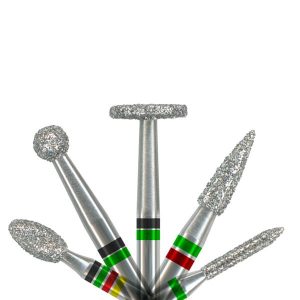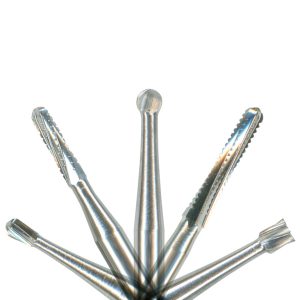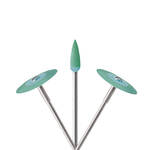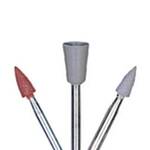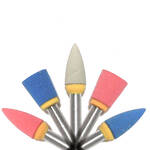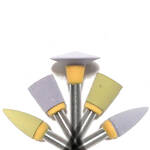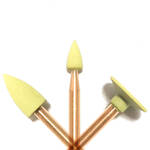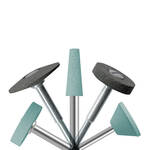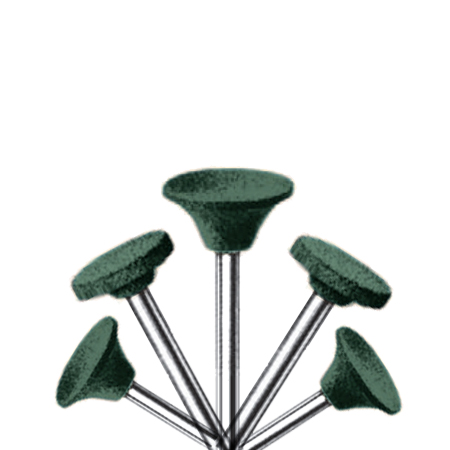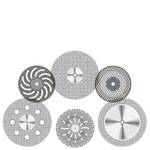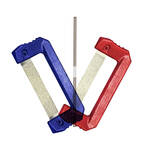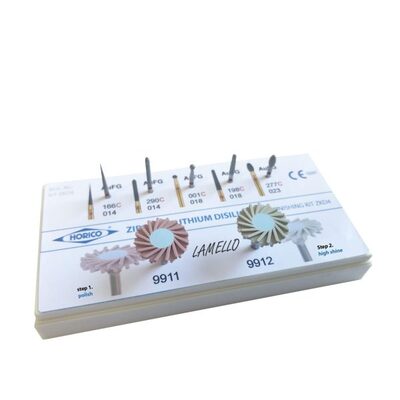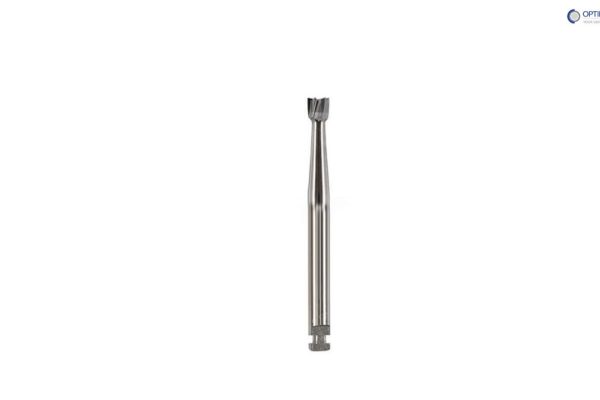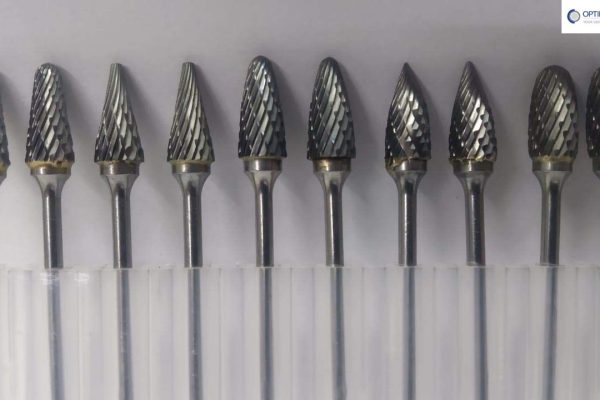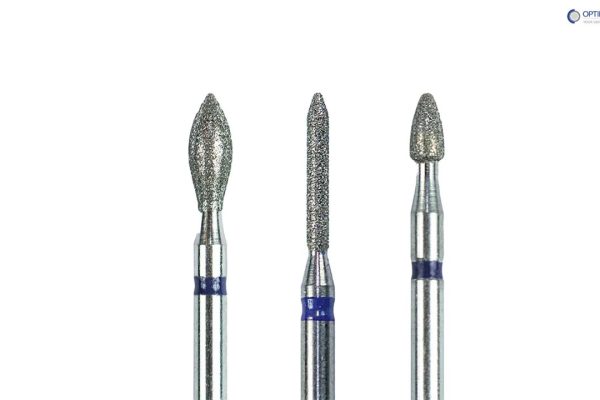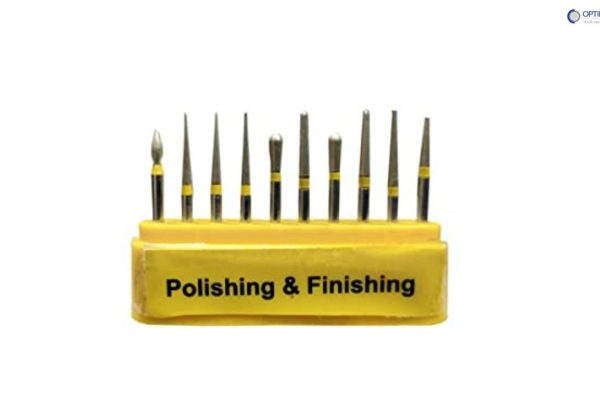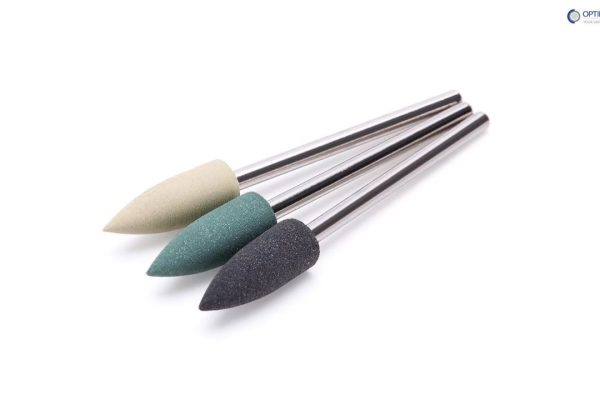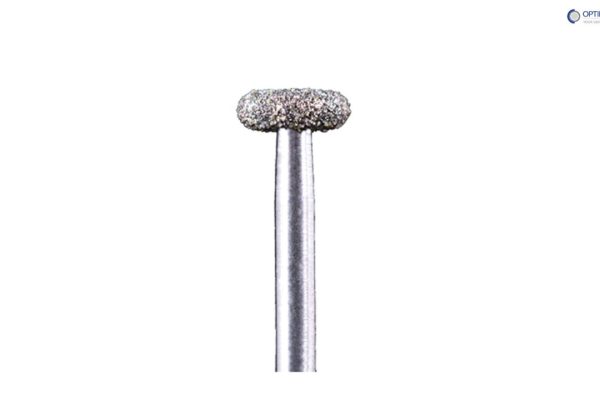Elevate Your Dental Practice with Expert Insights on Dental Elevators
Overview
Dental elevators are essential tools used in modern dentistry to aid in various procedures, from tooth extraction to tissue management. These precision instruments are designed to provide a smooth, controlled approach to dental tasks, ensuring both efficiency and patient comfort.
These tools play a critical role in oral surgery and restorative dentistry. Their primary function is to aid in loosening and removing teeth, lifting bone fragments, or managing soft tissues during complex procedures.
Unlike other tools, elevators offer a higher level of precision and control, ensuring minimal trauma to surrounding tissues and a more successful outcome. The use of a high-quality dental elevator can significantly enhance the safety and efficiency of dental surgeries.
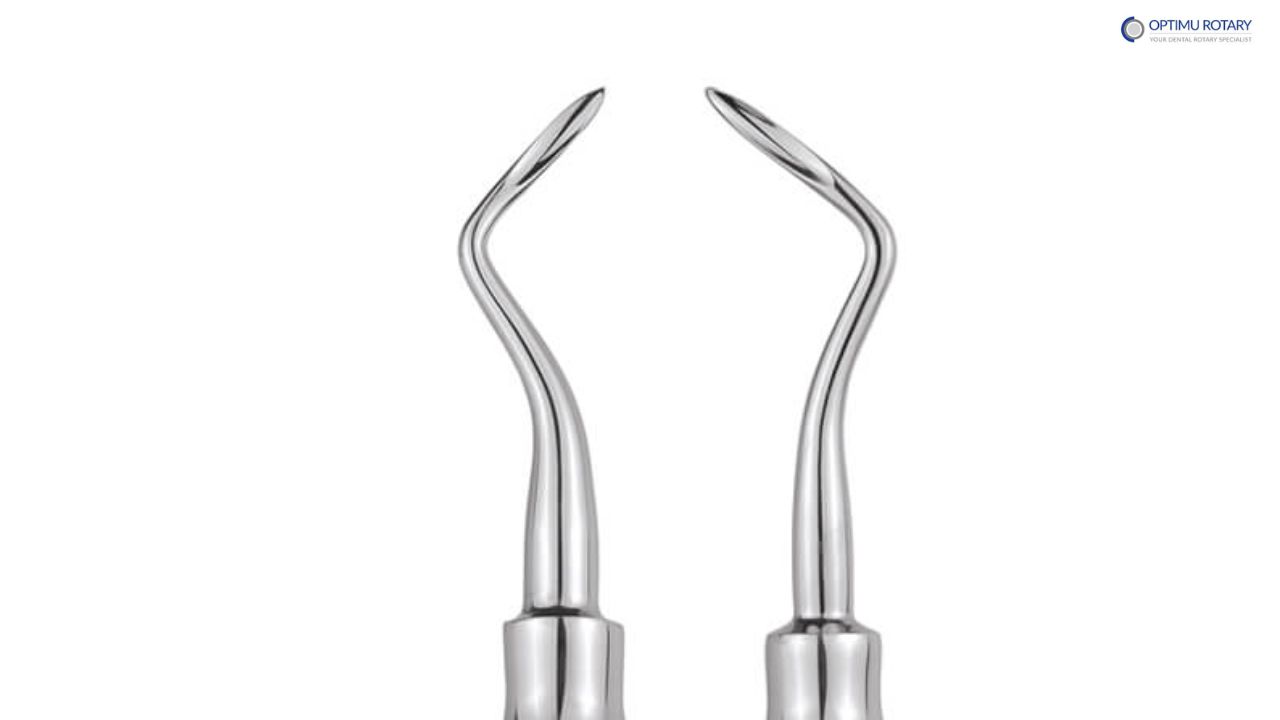
Applications of Dental Elevators in Dentistry
- Tooth Extraction
These dental tools are primarily used for tooth extraction, offering a safer, more controlled alternative to forceps. They help in loosening the tooth from its socket, minimizing the risk of damage to surrounding tissues and bone structures. - Bone Grafting
Elevators also play a critical role in bone grafting procedures by aiding in the precise removal of fragments and soft tissue management. Their controlled use ensures minimal disruption to the bone structure, promoting effective healing and restoration. - Wisdom Tooth Removal
The extraction of impacted or partially erupted wisdom teeth often requires the use of elevators. Their ability to access difficult areas makes them ideal for managing the complexities associated with third molar removals. - Surgical Site Preparation
In more complex surgeries, such as those involving implants or reconstructive procedures, elevators are used to meticulously manage soft and hard tissues, ensuring optimal surgical outcomes.
Types of Dental Elevators
1. Straight Elevators
Straight elevators are commonly used for simple extractions and lift teeth directly from their sockets. These are available in various sizes, with each type catering to different levels of tooth complexity. Their ergonomic design allows for ease of use, making them a preferred choice among dental professionals for straightforward extractions.
2. Angle Elevators
Angle elevators have a slightly curved or angled shaft, providing improved access to the tooth’s root and surrounding tissues. These are ideal for handling impacted teeth, as they offer increased leverage and precision in challenging removal procedures.
3. Luxating Elevators
Luxating elevators are specifically designed to sever periodontal ligaments, loosening teeth before extraction. Their sharp blades and narrow profiles make them suitable for delicate operations that require a gentle yet firm touch.
4. Micro Elevators
For more intricate surgical tasks, micro elevators are indispensable. These smaller, precision instruments are used in procedures requiring heightened accuracy, such as root tip removals and fine tissue manipulation.
Key Features of High-Quality Dental Elevators
Selecting the right dental elevator is crucial for ensuring the success of treatments. Below are the essential features that set high-quality elevators apart from inferior ones:
1. Superior Materials
High-quality elevators are made from stainless steel or other durable, sterilizable materials. These ensure longevity and resistance to wear and corrosion.
2. Precision Design
The design of a dental elevator allows for accurate access to hard-to-reach areas. A well-balanced tool enhances control and maneuverability.
3. Ergonomic Handles
Handles that offer a comfortable grip are essential for prolonged use without causing hand fatigue or discomfort. Non-slip grips are highly recommended for enhanced safety.
4. Variety of Blade Types
Different dental procedures require specific elevator blade shapes. From narrow, delicate blades for precision work to broader tips for heavier lifting, versatility is key.
Factors to Consider to Choose the Right Dental Elevator
Selecting the right dental elevator involves understanding the specific needs of each procedure. Here are some factors to consider:
1. Blade Design
Choose elevators with blades tailored for the task at hand. For instance, sharp, curved blades are ideal for loosening molars, while straight blades are better suited for incisors.
2. Handle Comfort
Ensure handles are ergonomically designed to reduce hand strain. Comfort during use leads to better control and efficiency in procedures.
3. Size and Weight
The size and weight of a dental elevator should match the complexity of the task. Lighter tools are preferable for extended use, while heavier ones may be used for heavier-duty procedures.
4. Material Quality
Opt for tools made from medical-grade stainless steel or materials resistant to rust and wear, ensuring they last for years without losing effectiveness.
Benefits of Using High-Quality Dental Elevators
Investing in premium dental elevators offers several advantages for both dental professionals and their patients:
- Increased Precision: Precise handling results in less invasive procedures, minimizing patient discomfort.
- Long-Term Durability: Durable materials and superior craftsmanship ensure that the tools maintain effectiveness over time.
- Enhanced Safety: Well-designed elevators reduce the risk of accidental injury or damage to surrounding tissues.
- Greater Efficiency: Aiding fast, efficient procedures, and therefore, leading to better workflow and higher patient satisfaction.
Maintaining Your Dental Elevators
Proper care ensures the longevity and optimal performance of your dental elevator tools:
- Regular Sterilization: Always follow proper sterilization protocols to maintain hygiene and tool longevity.
- Routine Inspection: Periodically check for signs of wear, blade alignment, and handle integrity.
- Safe Handling: Avoid dropping tools to prevent damage and maintain sharpness.
In the realm of modern dentistry, the dental elevator has become an indispensable instrument for efficient, precise, and minimally invasive dental procedures. From routine extractions to complex surgical interventions, these tools continue to evolve to meet the demands of contemporary dental practice.
By investing in these high-quality dental tools, dental professionals ensure the delivery of superior care, fostering enhanced patient satisfaction and treatment outcomes.
FAQs on Dental Elevators
1. What Are They Used For?
They’re used to lift and loosen teeth and tissues during extraction or restorative procedures.
2. Can They be Used for All Types of Extractions?
Different elevators are designed for various procedures. Some are better suited for simple extractions, while others are ideal for complex surgeries.
3. How Do I Choose the Right Dental Elevator?
Consider the blade shape, handle design, and material quality based on the specific procedure you will be performing.
4. Are They Sterilizable?
Yes, most high-quality elevators are made from sterilizable materials such as stainless steel.

